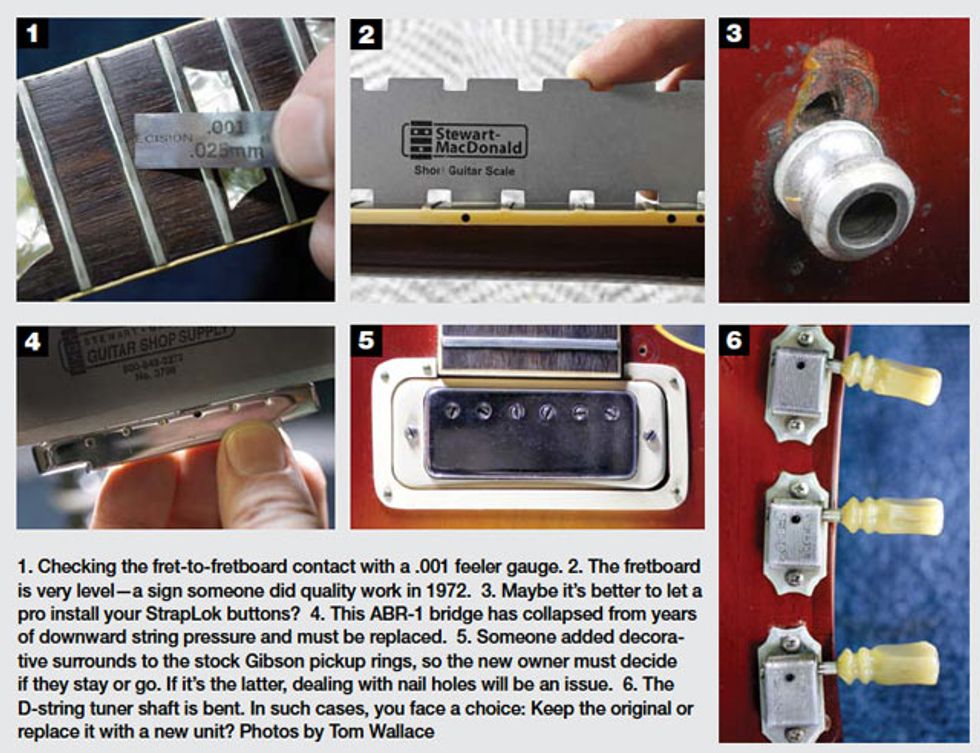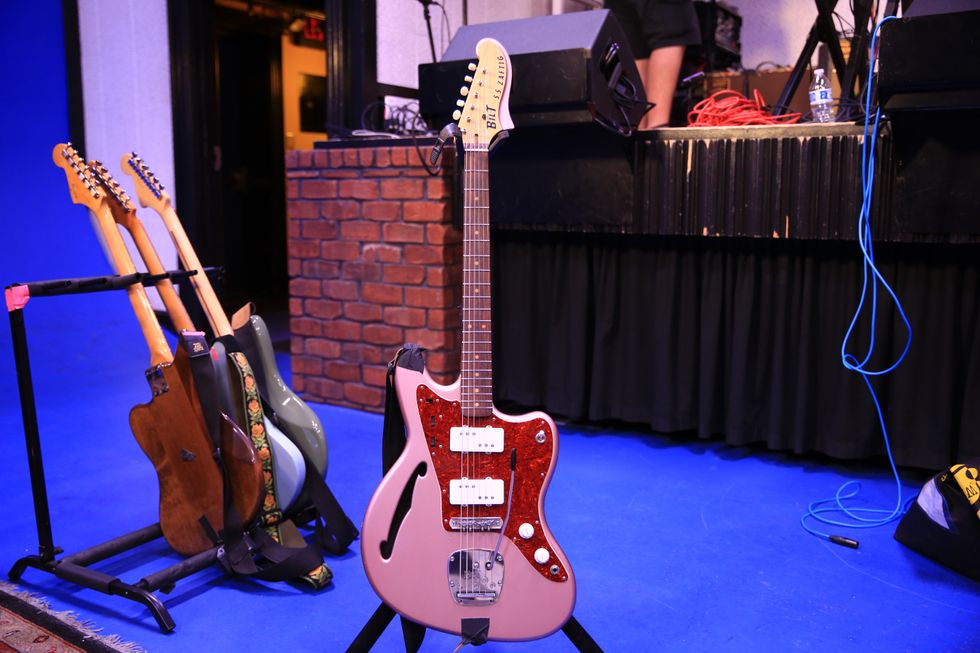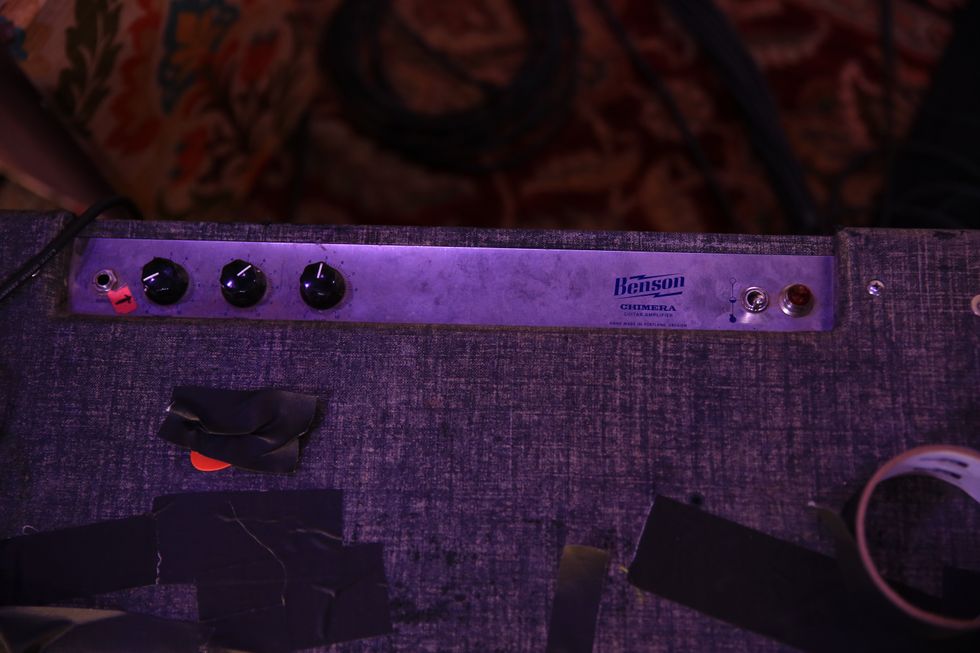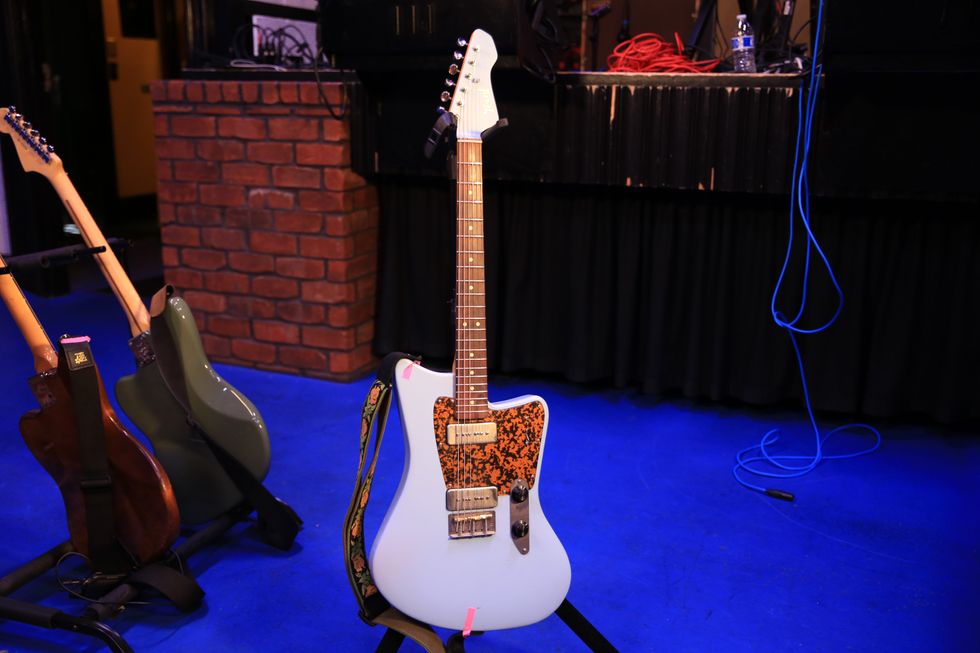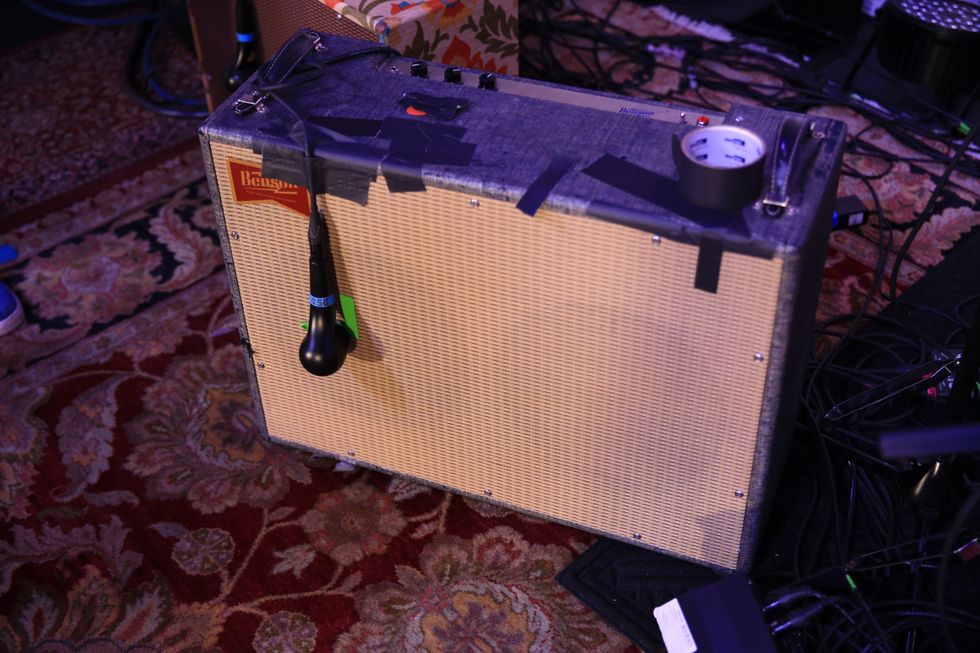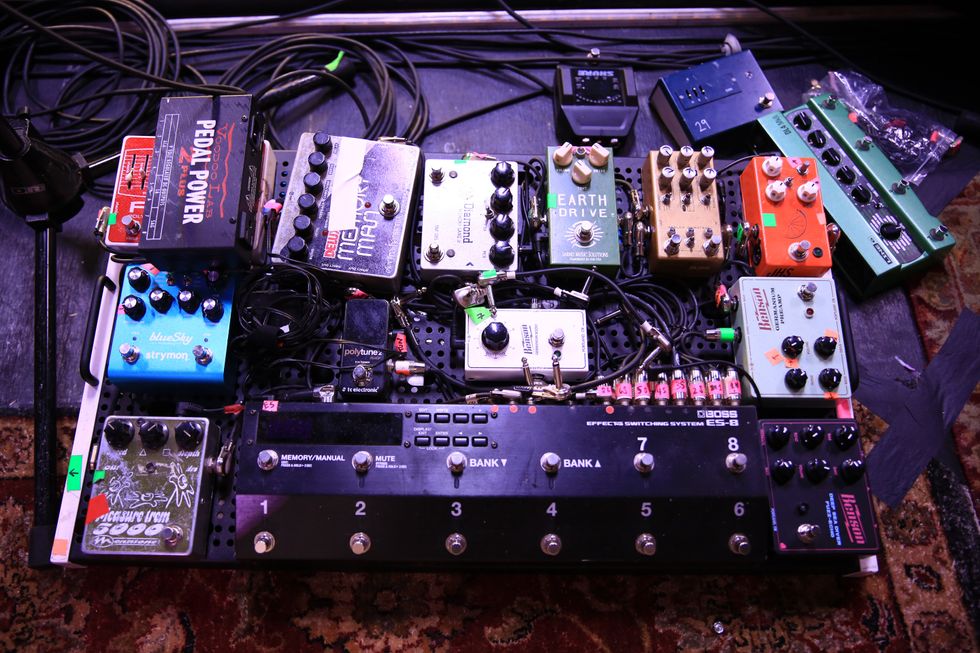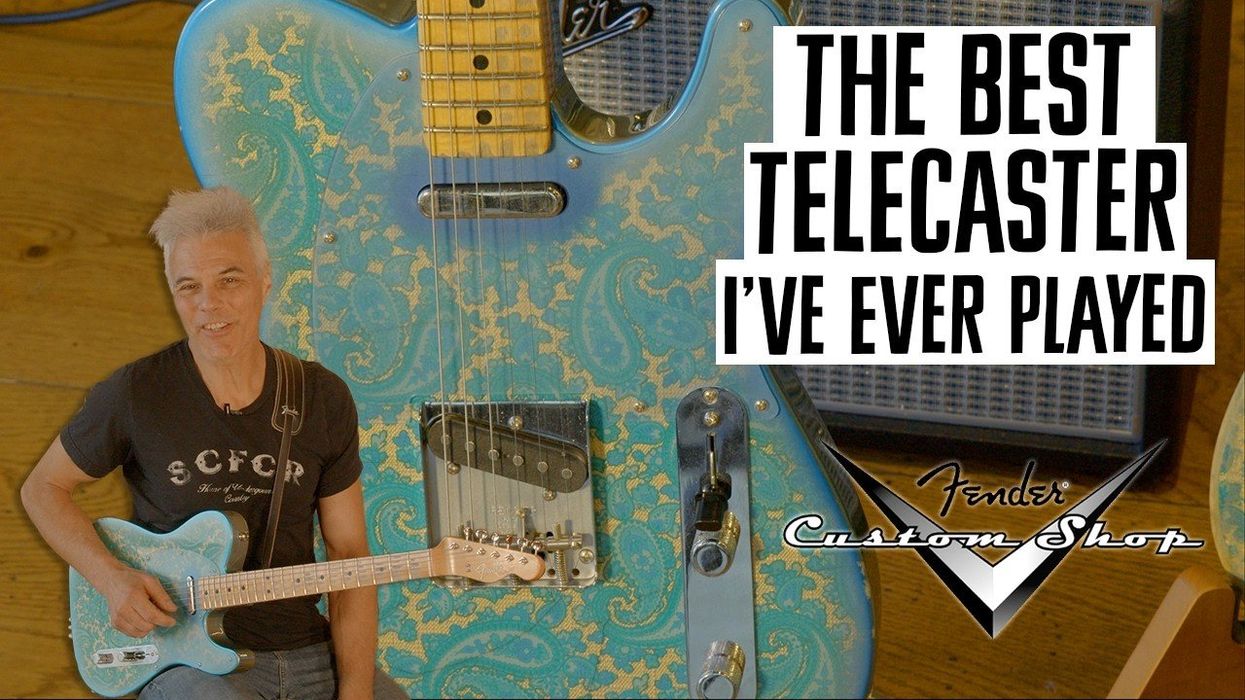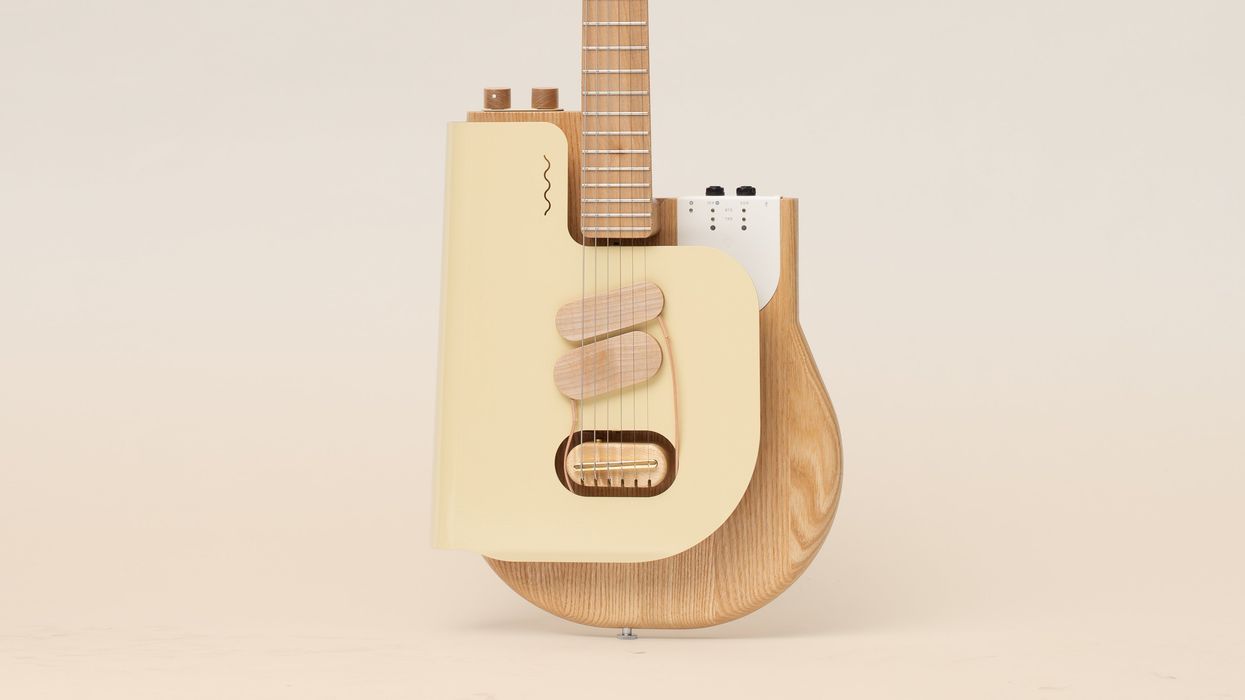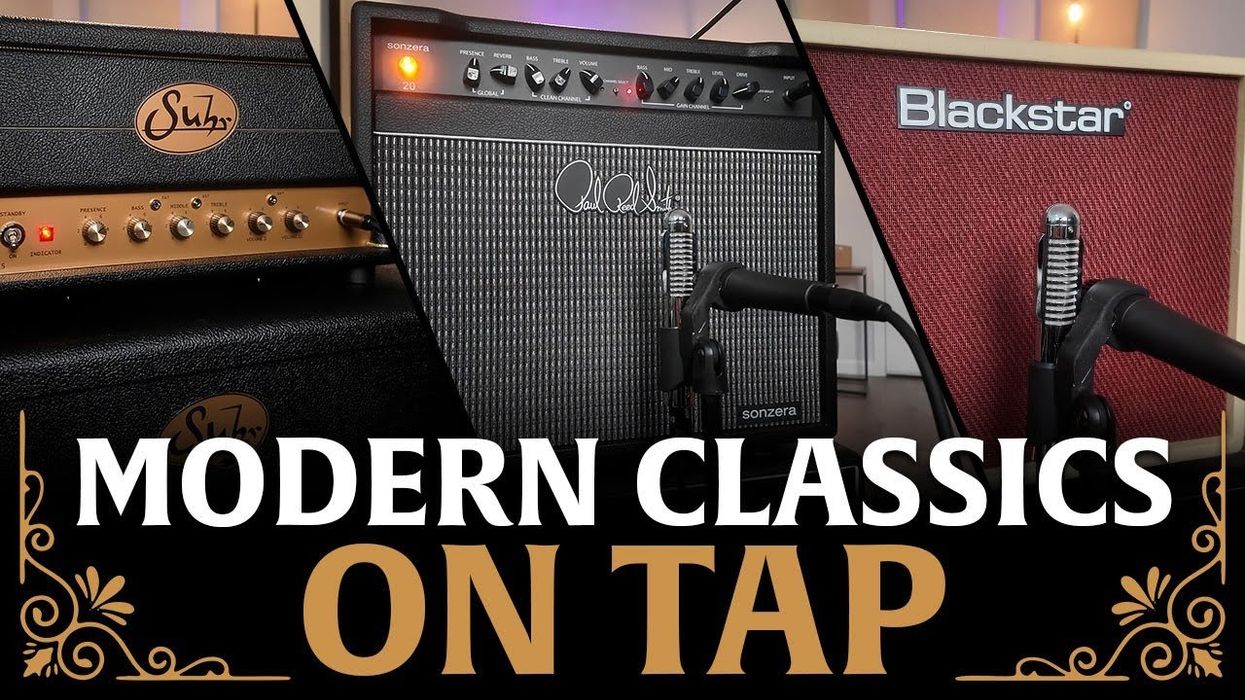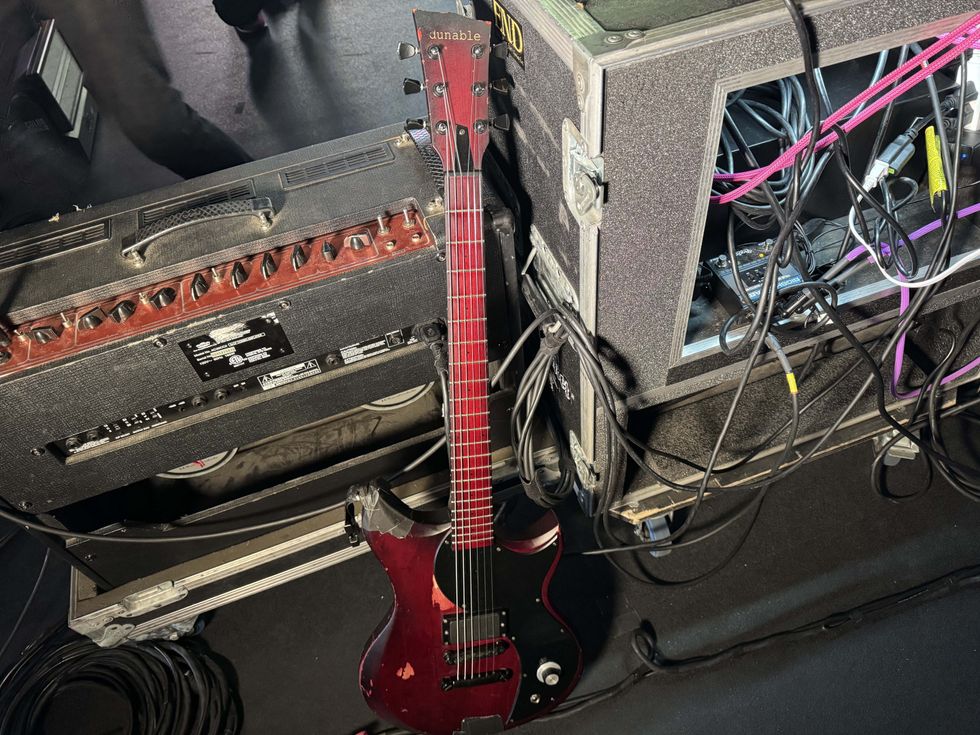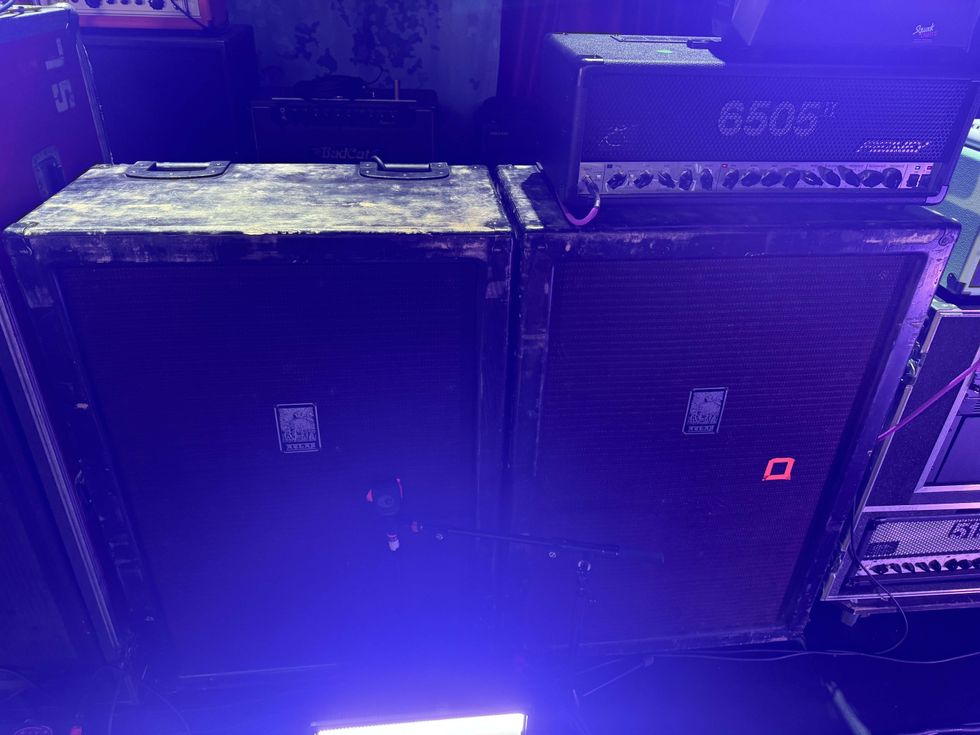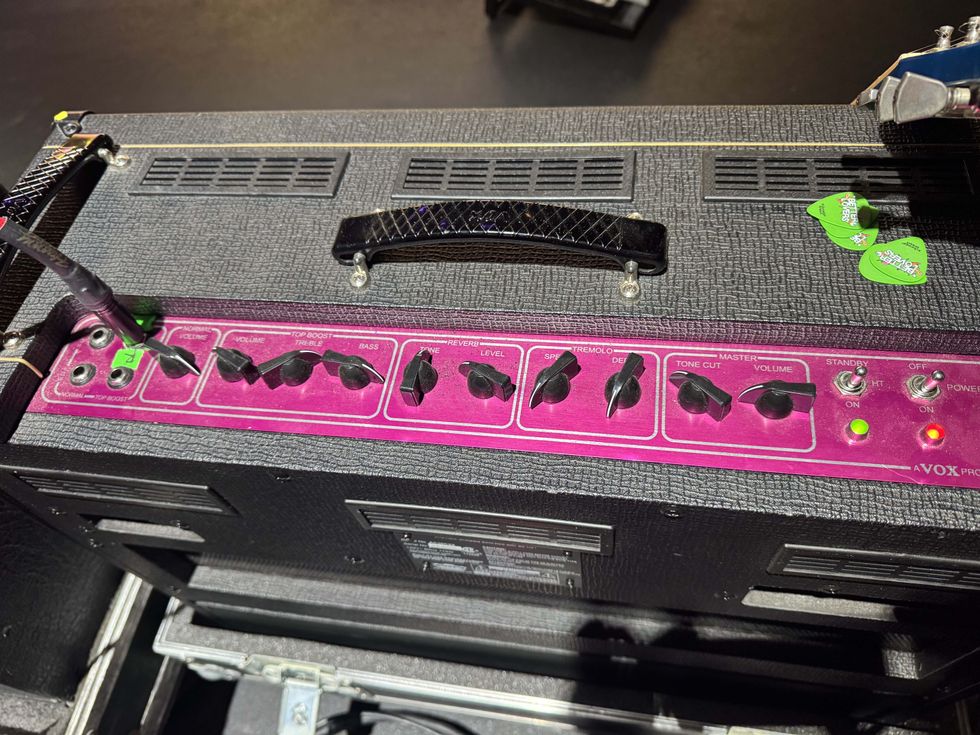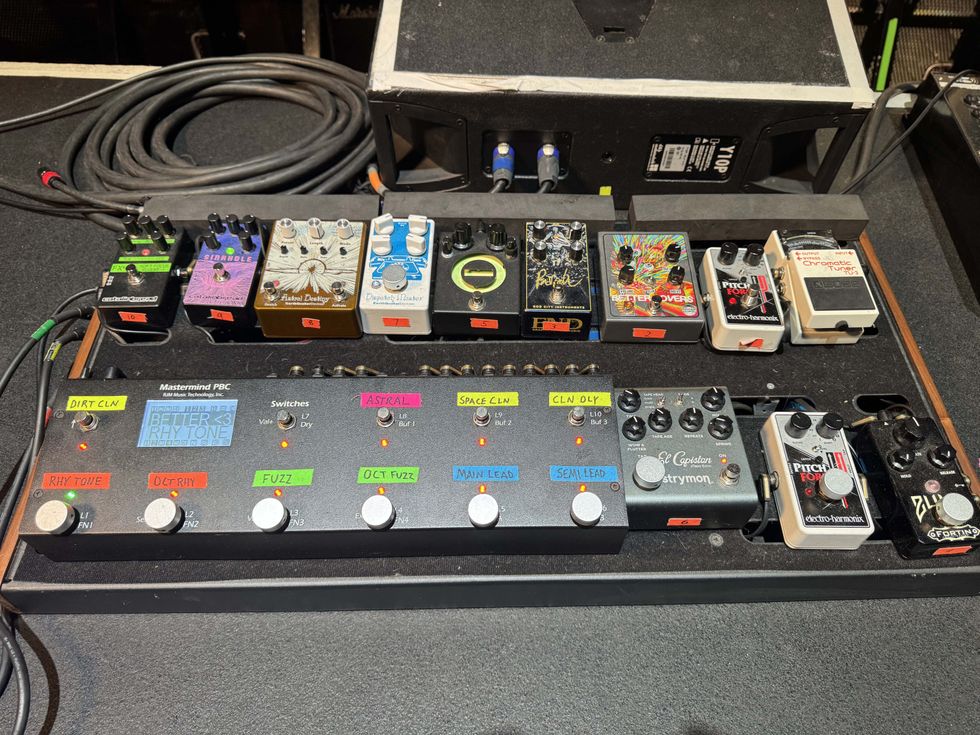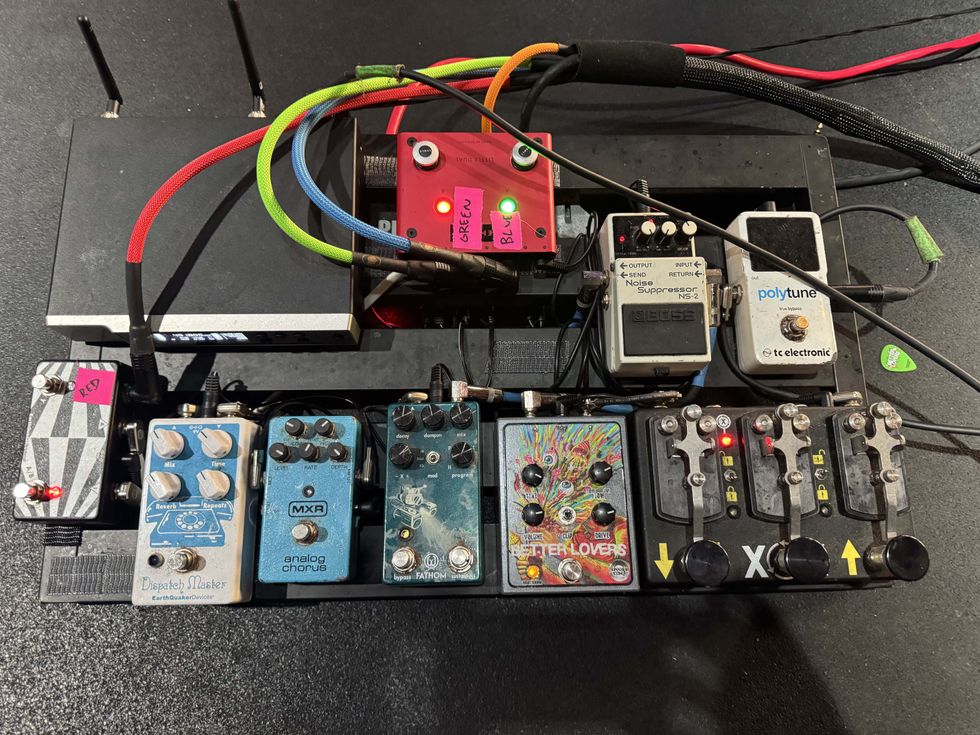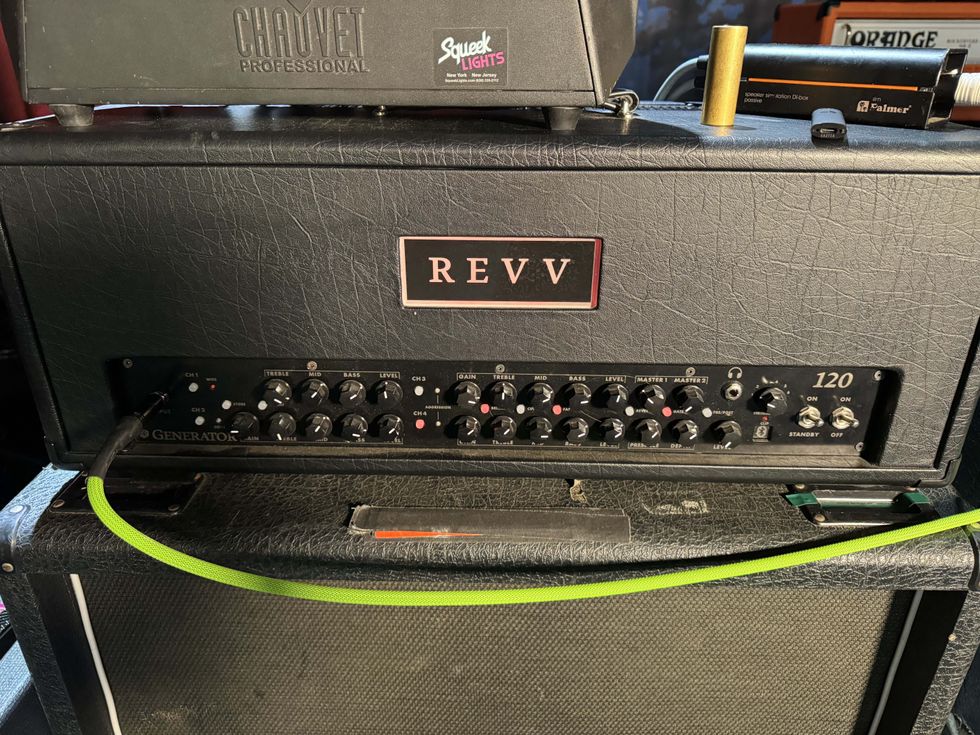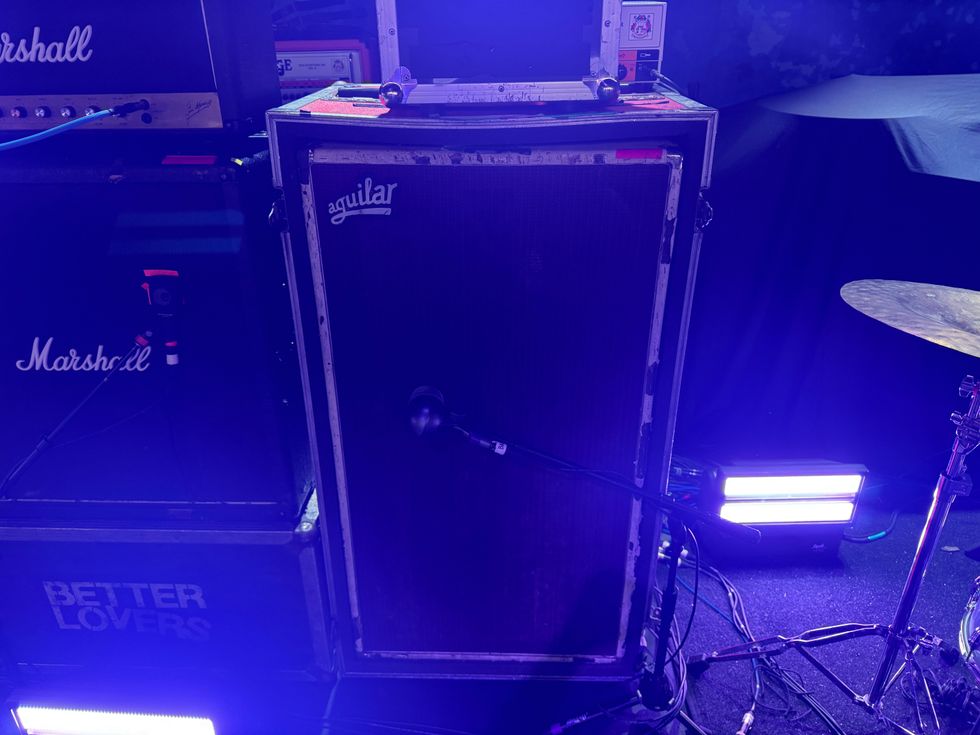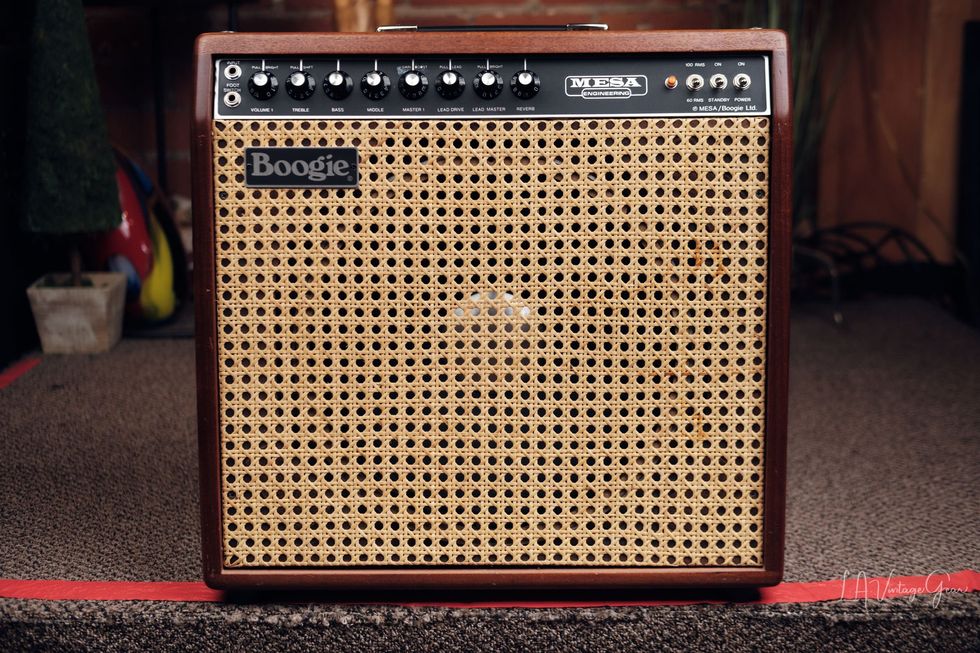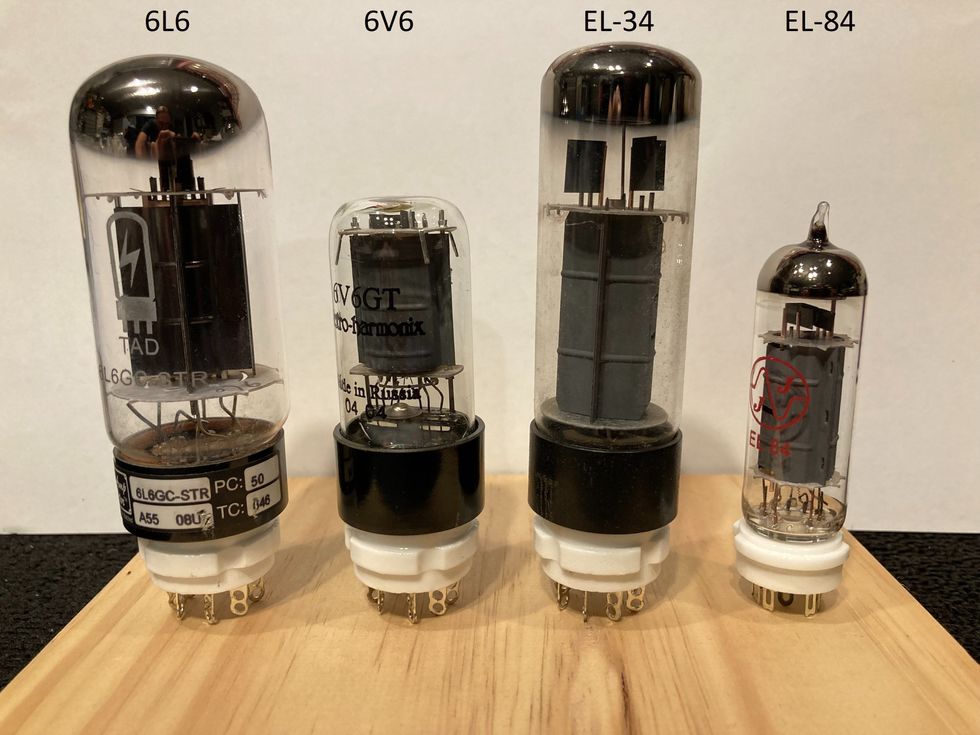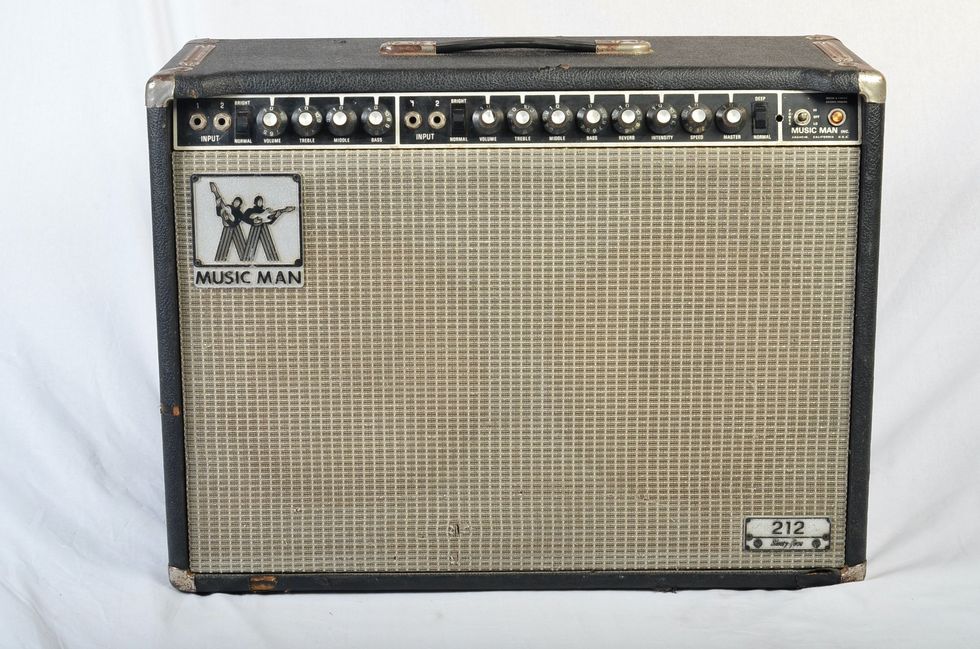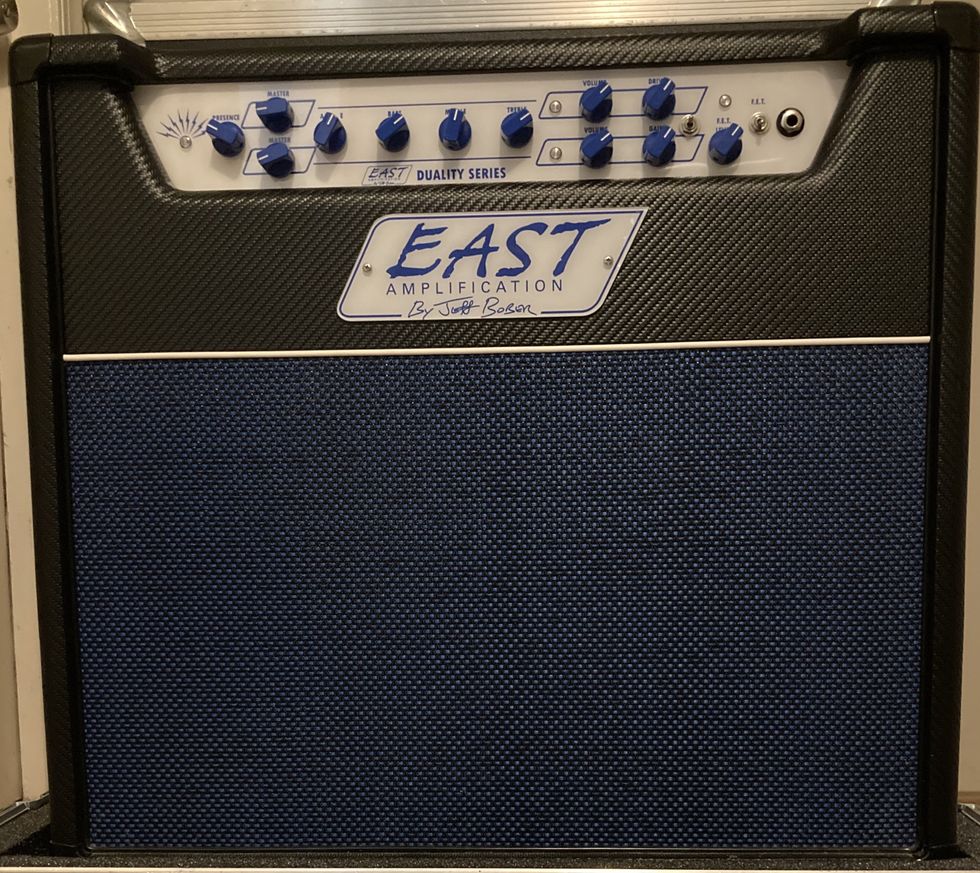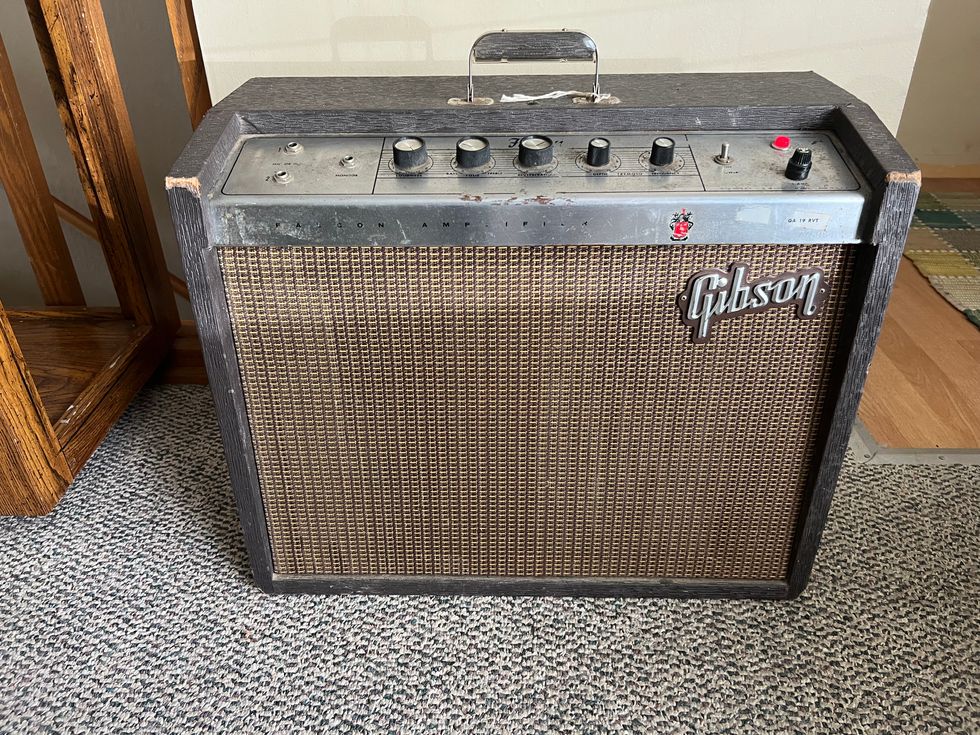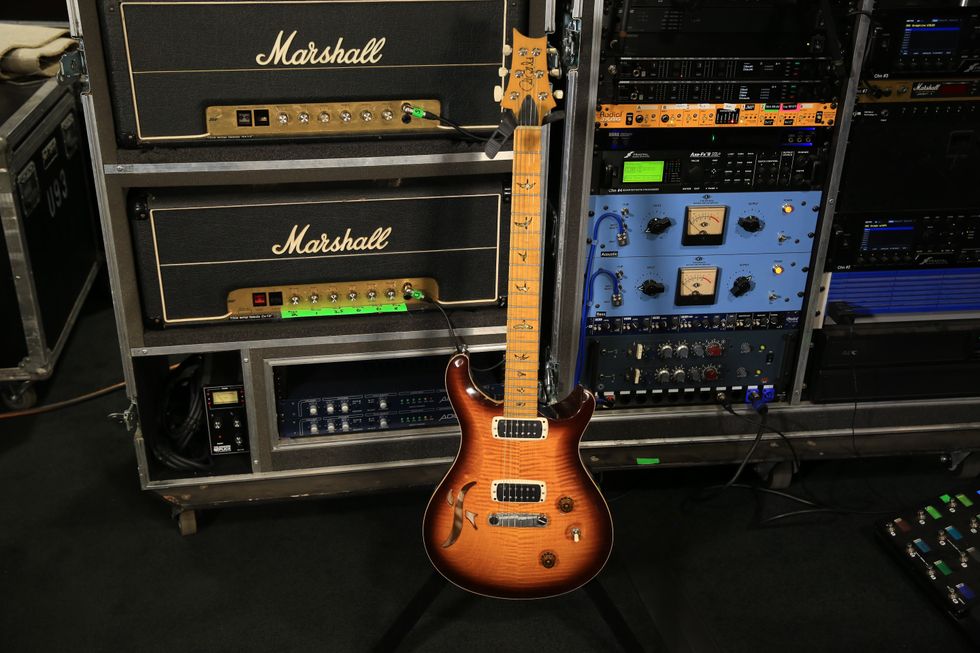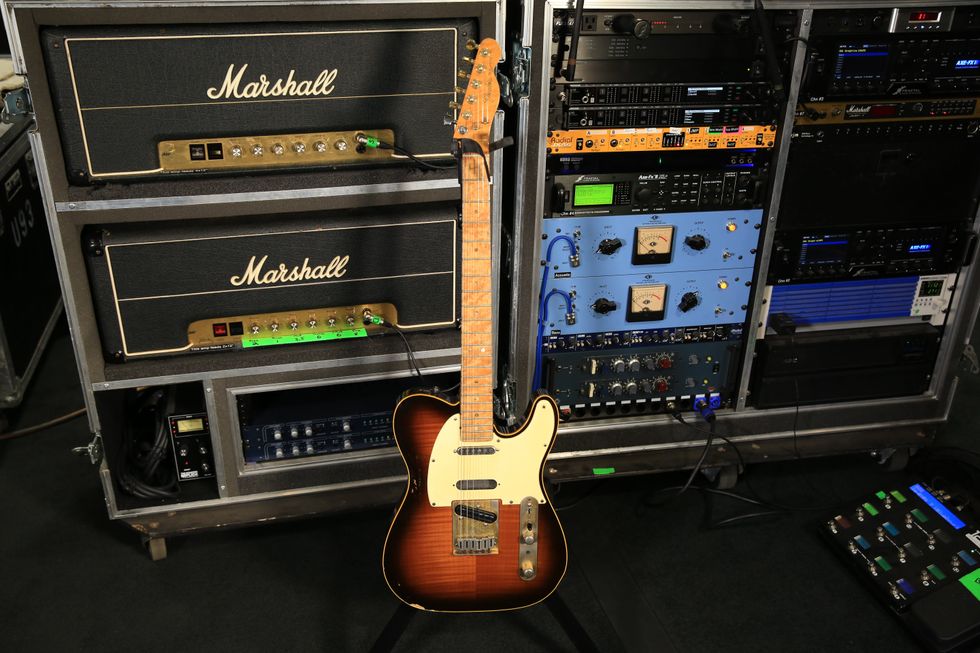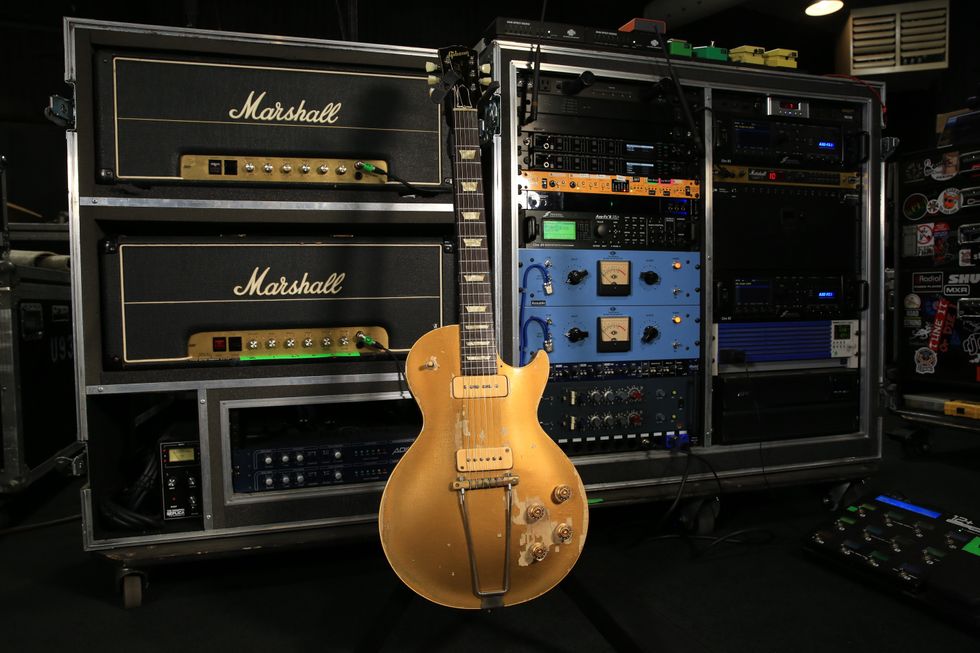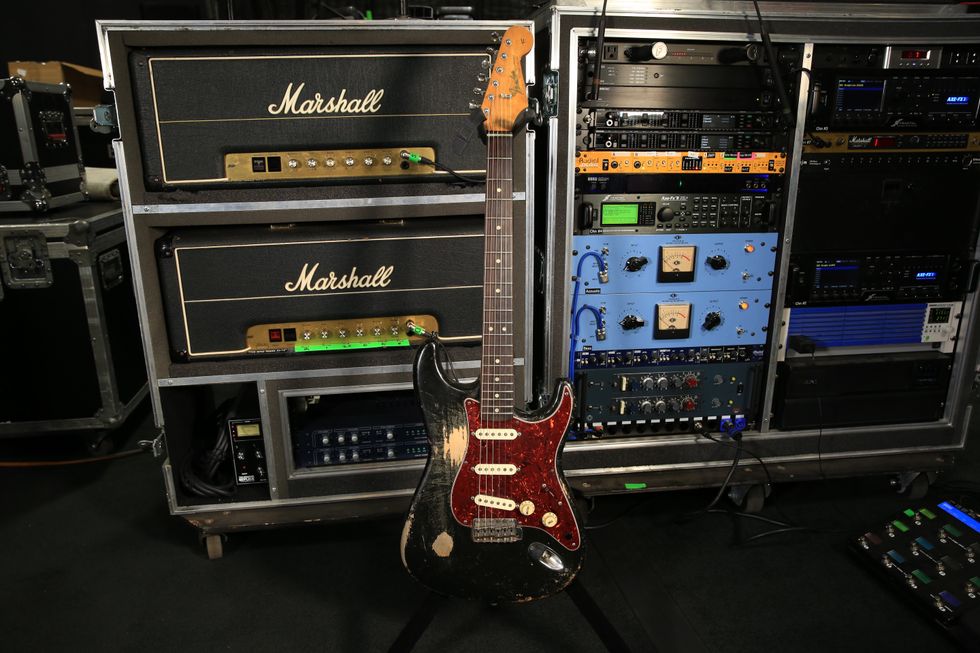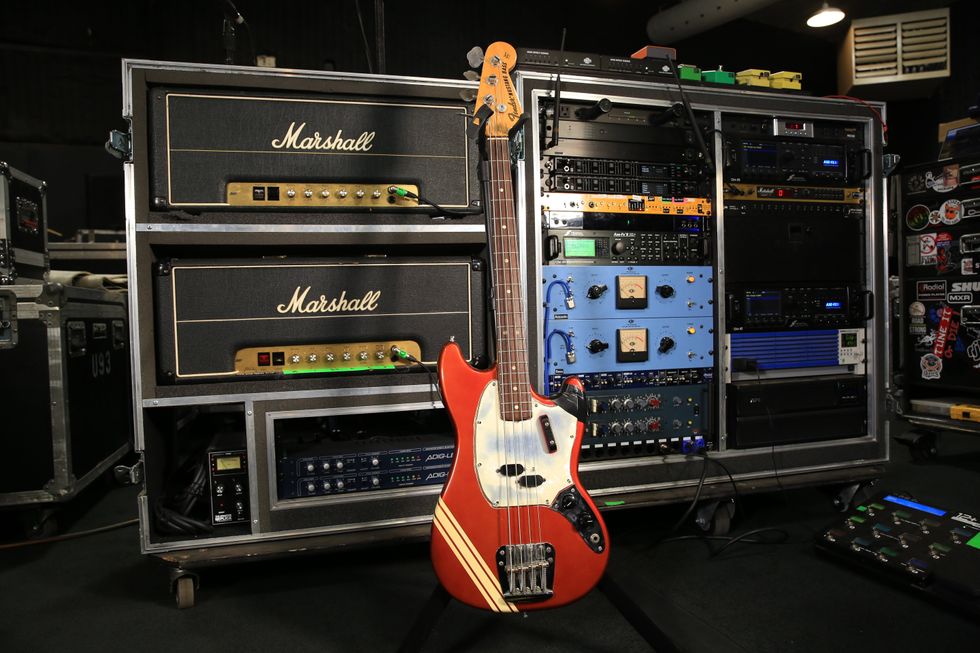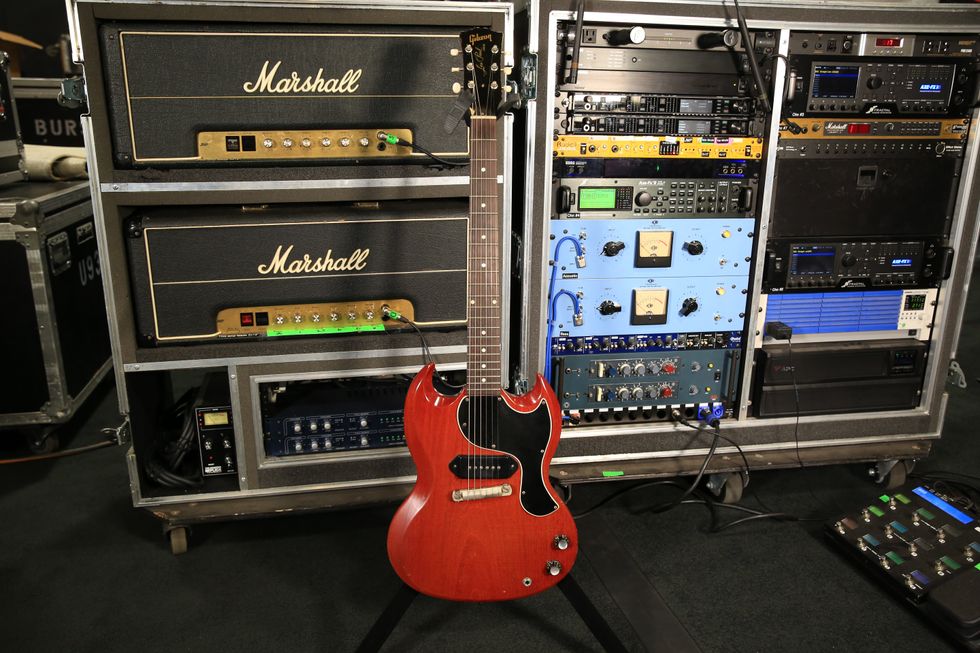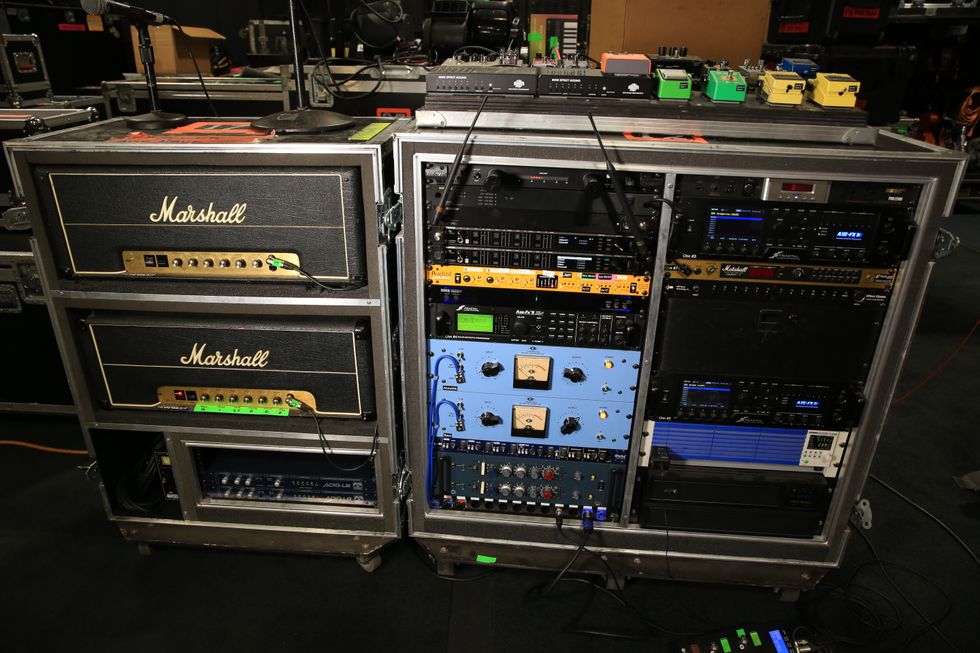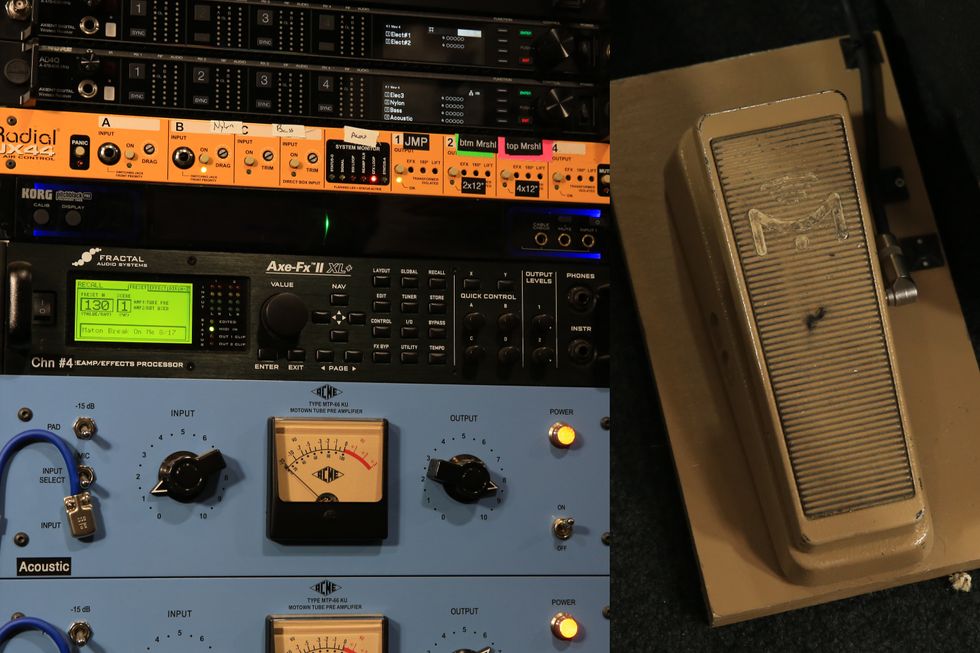Over the years that I’ve been
writing this column, I’ve
received many emails from PG
readers with questions about
personal guitars, as well as tech
questions from stringed-instrument
repair people around the
world. My goal is to help where I
can and contribute to everyone’s
success as a musician and instrument
collector. (If you’ve emailed
me and never heard back, please
don’t hesitate to reach out again.
Occasionally things get lost
because of the fast pace of life.
You know how that goes!)
In our shop, we have some
very important protocols that
contribute to our success, and
this process starts with the
evaluation. Every guitar that
comes into our shop is first
thoroughly examined using an
assortment of tools and techniques.
This is generally done
in front of the customer, which
helps build customer confidence
and promotes an understanding
of our findings and any work
we might undertake.
Whether it’s a vintage guitar
or one fresh off the production
line, we evaluate every instrument
using the same procedures
and tools. Some clients may just
want to know if their vintage guitar
is 100-percent straight, while
others come to have their troubled
instrument fine-tuned for
optimal performance. Regardless,
we start by diagnosing the guitar’s
mechanical condition, and I
thought it would be fun to walk
you through the process.
I received a call from my
friend Tom, who was out on
the road. He had just traded
some camera gear for a ’72
Gibson Les Paul Deluxe and
was very enthusiastic about
his new find. He was under
no illusion that this guitar was
in mint condition. In fact, he
knew it had previously been
played hard for several years—
it was a workhorse.
After Tom returned to town,
we gave his ’72 Deluxe a full
evaluation. We began by noting
the model’s general specs:
cherry sunburst finish, a 3-piece
neck with a –14 degree peghead
angle, a 4-piece pancake
body, a 3-piece maple top, an
Indian rosewood fretboard with
trapezoid inlays, two minihumbuckers,
’72 CTS pots with
two Sprague “black beauty”
.022–400 DC capacitors,
Kluson Deluxe “tulip” doublering
tuners, and an ABR-1
bridge with a “lightweight” aluminum
tailpiece.
The guitar has had many
notes played on the upper and
lower frets. Some frets were pitted,
while others had a flat and
extremely low playing surface.
To check fret-to-fretboard contact,
I use a .001 feeler gauge. If
the feeler gauge slides between
the underside of the fret bed
and the fretboard playing surface,
the fret (or frets) would
need to be reseated. But on this
particular guitar, the frets were
Eval uat ing a ’72 Gibson Les Paul Deluxe BY John Brown
past the point of saving, so we
planned for a complete re-fret.
A neck relief gauge (item
#2004 from stewmac.com) is
an important tool for checking
truss-rod adjustment and making
sure there is enough forward
relief and back pull. With a
notched straightedge (#3814), I
could see just how level the fretboard
was before Gibson fretted
the guitar in ’72. I was happy
to discover that the fretboard
was very level and the frets
were seated well. This Deluxe
definitely didn’t exhibit the D–
work we hear about from this
era of guitar manufacturing.
The ABR-1 bridge had collapsed,
and I confirmed this
using my 12" precision straightedge
(#3849). Because the
chassis was concave, the saddles
couldn’t arch correctly to match
the fretboard radius. But all of
the electronics were in perfect
working order—a real plus for
the owner.
There were a few obvious
cosmetic issues, including
potentially perilous strap-peg
screw holes that had been
stripped and then simply
redrilled. The D-string tuner
shaft was slightly bent. And
along the way, someone put
time and effort into making
low-profile crème plastic rings
to surround the original pickup
rings, and then used small brass
nails to attach their handiwork.
So that’s how a typical evaluation
works. As far as this Deluxe’s
future, we’ll address the cosmetic
issues and restore the guitar to its
full sonic and playing potential.
Admittedly, it will be quite a
challenge to rebuild the wood
and make the finish touch-ups
100-percent invisible. But that‘s
what keeps my heart pumping
and the fire burning!
 John Brown is the
inventor of the Fretted/Less
bass. He owns and operates
Brown’s Guitar Factory,
a guitar manufacturing,
repair, and restoration facility
staffed by a team of talented
luthiers. His guitar-tool and accessory designs
are used by builders all over the world. Visit
brownsguitarfactory.com or email John at
info@brownsguitarfactory.com.
John Brown is the
inventor of the Fretted/Less
bass. He owns and operates
Brown’s Guitar Factory,
a guitar manufacturing,
repair, and restoration facility
staffed by a team of talented
luthiers. His guitar-tool and accessory designs
are used by builders all over the world. Visit
brownsguitarfactory.com or email John at
info@brownsguitarfactory.com.